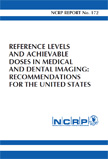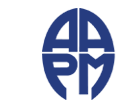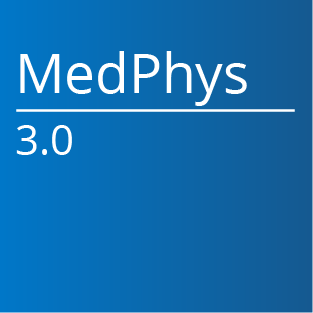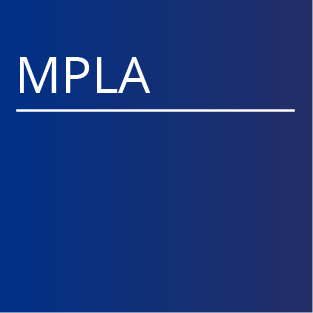AAPM has contracted with NCRP to provide each AAPM Member in good standing access and download privileges of electronically available NCRP reports, commentaries and statements. This report was prepared by the National Council on Radiation Protection and Measurements (NCRP). The Council strives to provide accurate, complete and useful information in its reports. However, neither the NCRP, the members of NCRP, other persons contributing to or assisting in the preparation of this report, nor any person acting on the behalf of any of these parties (a) makes any warranty or representation, express or implied, with respect to the accuracy, completeness or usefulness of the information contained in this report, or that the use of any information, method or process disclosed in this report may not infringe on privately owned rights; or (b) assumes any liability with respect to the use of, or for damages resulting from the use of, any information, method or process disclosed in this report.
 |
Report No. 172 - Reference Levels and Achievable Doses in Medical and Dental Imaging: Recommendations for the United States (2012) Price: $75 PDF (AAPM Members FREE) Category: Reports Diagnostic reference levels (DRLs) are used in medical imaging to indicate whether the patient radiation dose or amount of administered activity from a specific procedure are unusually high or low for that procedure. DRLs are the first step in the optimization process to manage patient dose commensurate with the medical purpose of the procedure. Achievable dose is an optimization goal, based on survey data, and typically defined as the median value (50th percentile) of the dose distribution of standard techniques and technologies in widespread use. The overarching goal is to obtain image quality consistent with the clinical objective, while avoiding unnecessary radiation. Too low an exposure, however, is also to be avoided if it results in an inadequate image. This Report represents an important continuation of NCRP reports on radiation safety and health protection in medicine and lays the foundation for the development and application of DRLs and achievable doses for diagnostic x-ray examinations. The concept of DRLs is extended to procedures other than diagnostic x-ray examinations (e.g., for interventional radiology) by the use of reference levels (RLs), which represent radiation dose levels that if exceeded prompt an evaluation of the reasons why. This Report discusses the establishment and use of RLs for fluoroscopically-guided interventional (FGI) procedures and describes why a different approach from DRLs is required to account for the greater complexity of interventional radiology compared with standard medical imaging procedures. Phantoms are models of the human body used in radiation dosimetry studies to estimate exposures to patients. The use of phantom survey data in the United States is contrasted with the use of patient-based dose data in Europe for establishing DRLs, achievable doses, and RLs. The use of phantom survey data is reviewed for determining DRLs for imaging modalities such as projection radiography, fluoroscopic imaging, computed tomography (CT), and for FGI procedures. Fundamental units for measuring patient dose and clinical dosimetry methods for characterizing patient dose are provided (including CT dosimetry). Data sources for establishing DRLs, achievable doses, and RLs are described. In particular the Nationwide Evaluation of X-Ray Trends (NEXT) data are discussed with regard to their applicability and limitations. A survey of the literature is provided of adult radiography and fluoroscopy, pediatric chest radiography, pediatric fluoroscopy, digital radiography, and dental radiography including intraoral, cephalometric, panoramic, and cone-beam CT. Recommendations are made on DRLs, achievable doses, and RLs for radiographic and fluoroscopic examinations, CT examinations, FGI procedures, dental radiography, and nuclear medicine procedures. This guidance can be used by medical imaging practitioners (physicians, physicists and technologists) to optimize examination techniques with reductions in radiation dose if warranted while maintaining or improving image quality. The timeliness of this Report coincides with the notable increases in radiological imaging procedures performed in the United States over the past decades. While written with the medical practitioner in mind, the Report is intended to reach a broad audience of all interested in radiation safety and health protection in medicine. Scientific Committee: James A. Brink, Chairman John M. Boone Jerrold T. Bushberg Kate A. Feinstein Jeff M. Michalski Robert J. Pizzutiello David C. Spelic Stuart C. White Judy Yee |



















